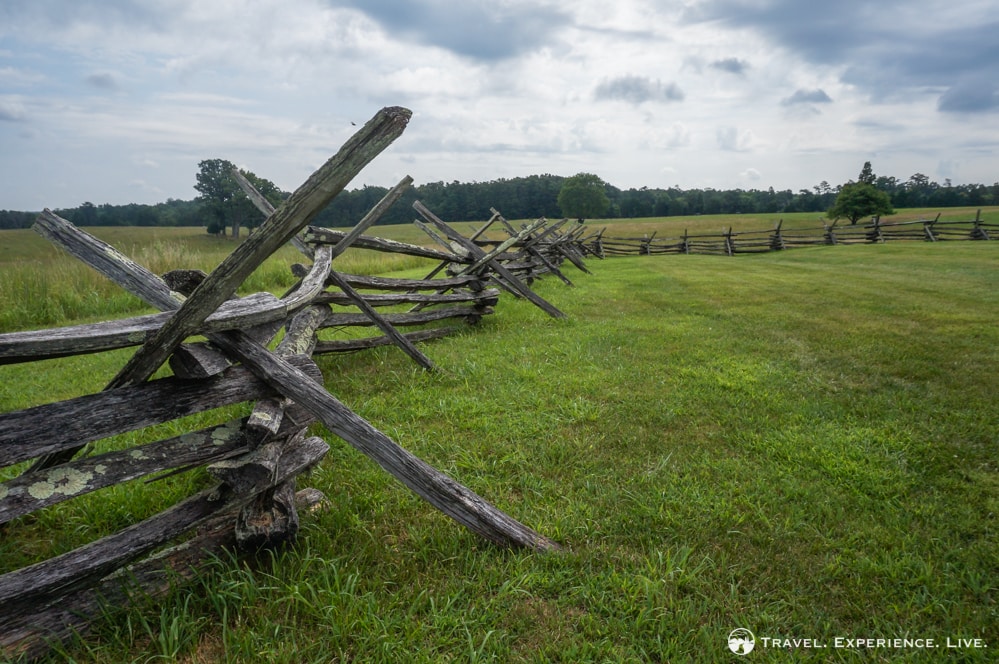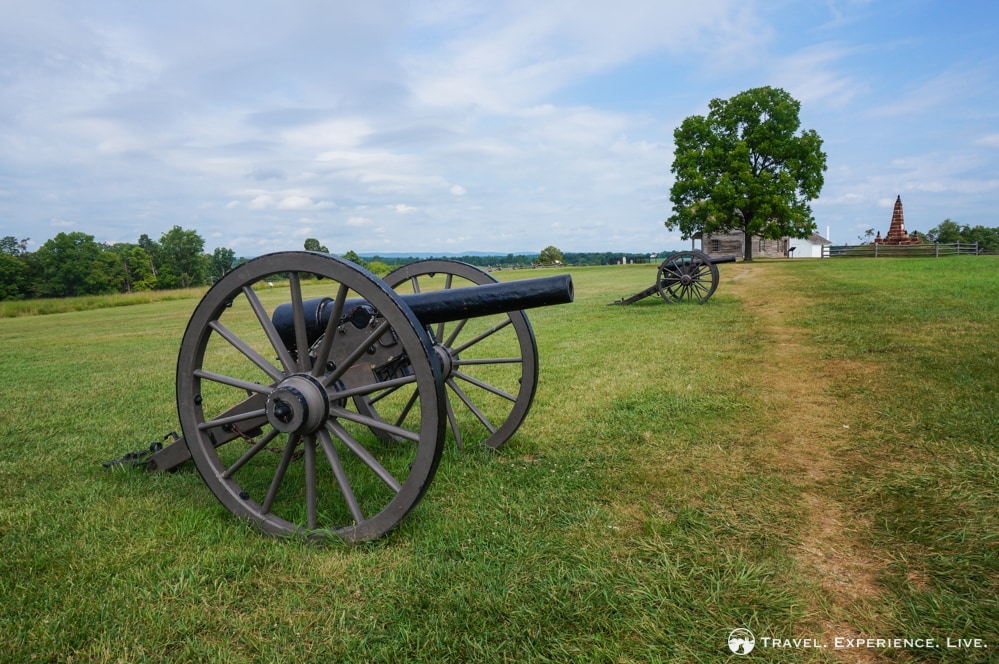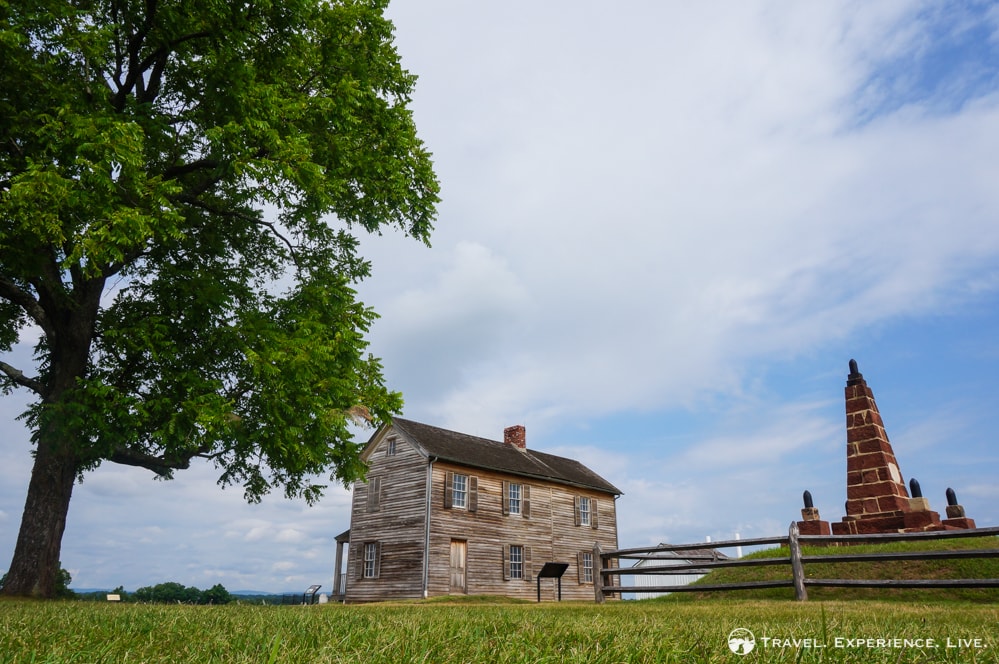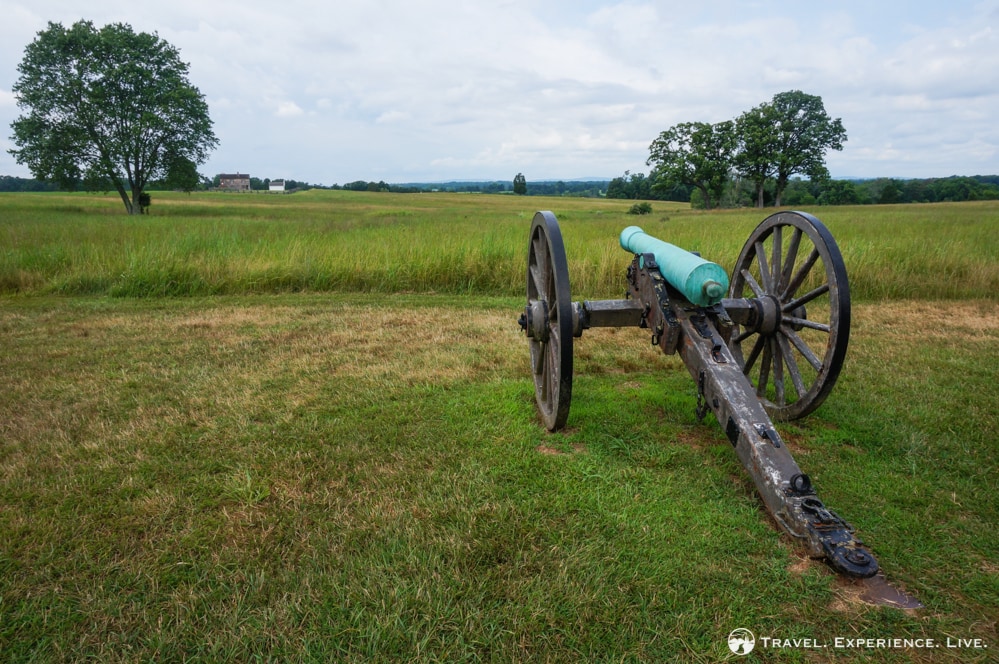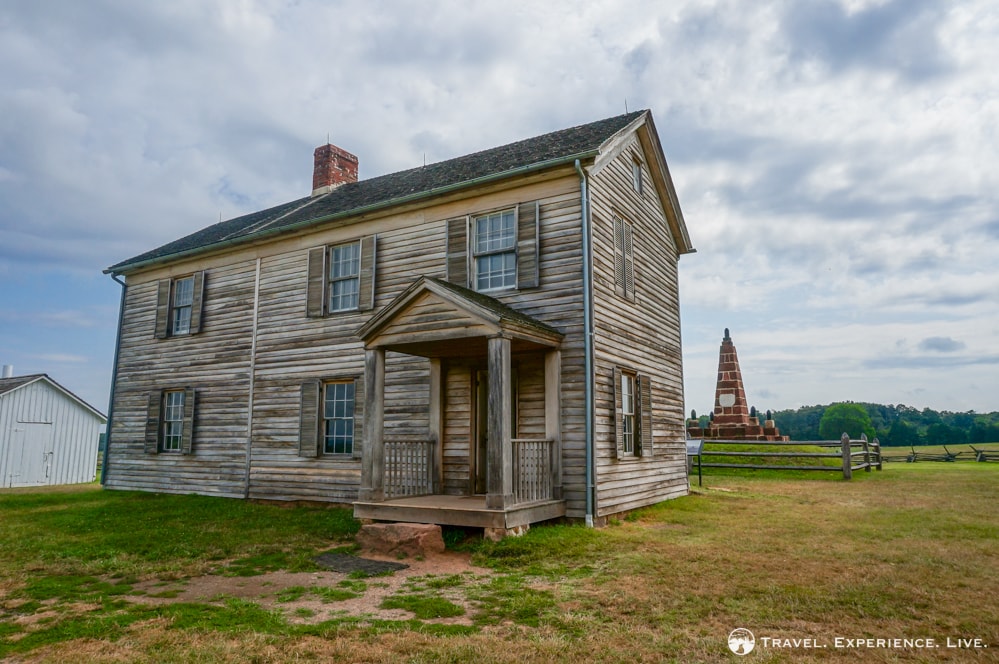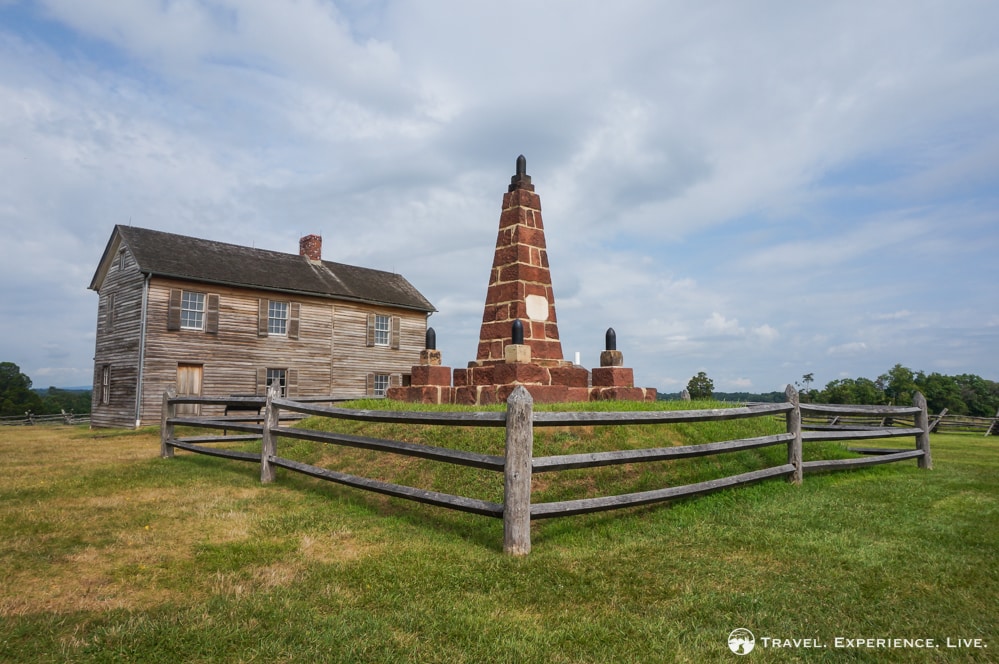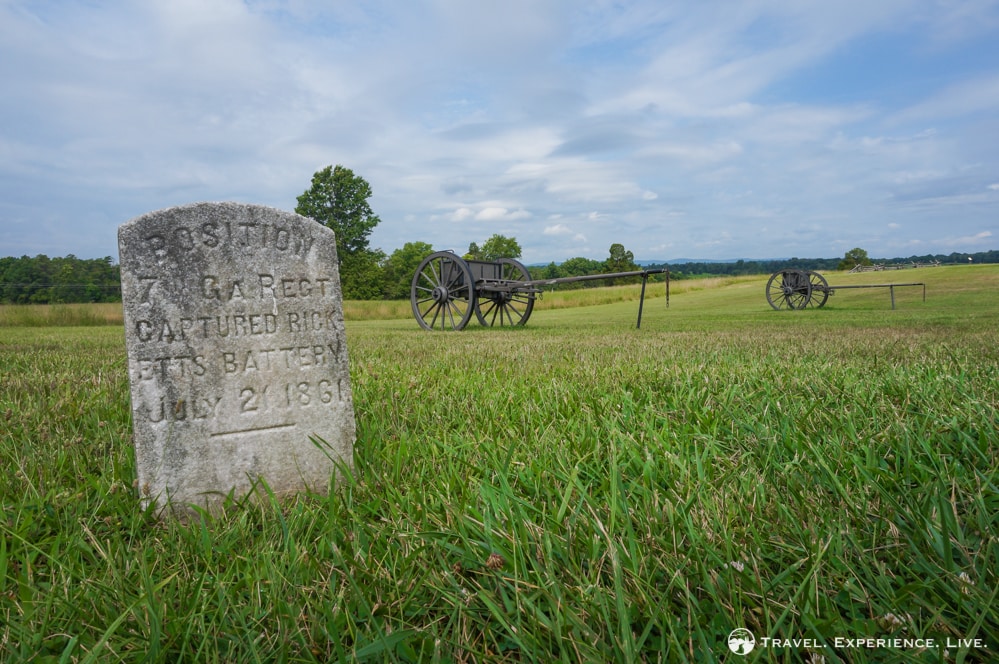After two and a half years of living in the United States, I’ve become fascinated by this country’s history—its colonial and early history, to be more specific.
Our move to Charlottesville, Virginia earlier this year was partially motivated by this interest of mine. The city and its surroundings were the home of three (!) of the first five U.S. Presidents—Thomas Jefferson, James Madison and James Monroe. This results a quite an amazing number of historic sites in this particular area.
Virginia also happens to be the location of many Civil War battlefields. It is dotted with historic battlefields. Now, these are places that are absolutely fascinating to some people, including myself (check out my blog posts about the two Belgian battlefields of Waterloo and Flanders Fields), but may be boring and seem like nothing more than a regular field to others.
If you’re one of those history buffs interested in learning more about the American Civil War and about the Civil War battlefields, Manassas National Battlefield Park is where you need to start.
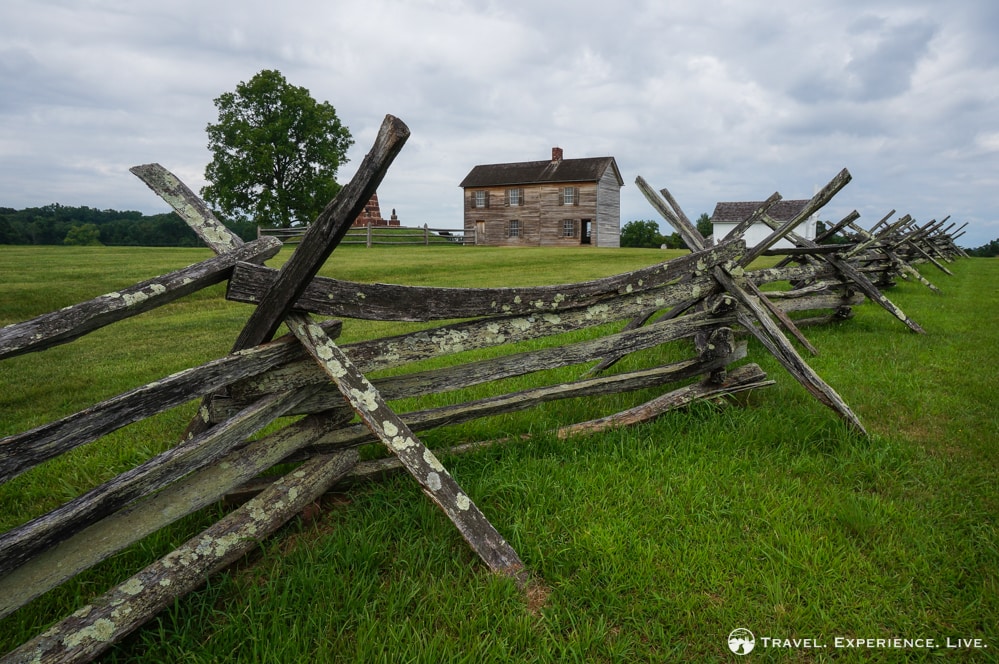
Henry House on Henry Hill, Manassas Battlefield
The Oldest of the Civil War Battlefields
Manassas National Battlefield Park lies about 40 minutes by car from Washington, D.C. This park, managed by the U.S. National Park Service, comprises a wonderfully preserved battlefield. This is the place where the very first battle in the Civil War was fought.
First Battle of Manassas (Bull Run)
It took place on July 21, 1861. That first clash between the armies of the Union and the Confederacy was, surprisingly, won by the Confederate army which was outnumbered and thought to be inferior to the Union’s. The victory of the Confederates was mainly due to the sheer perseverance of General Thomas J. Jackson. He gained both the status of a legend among his troops and a new nickname, “Stonewall”, during this battle. The battle became known as the First Battle of Manassas among the Confederates and as the First Battle of Bull Run, after the Bull Run stream that runs next to the field, among the Union troops.
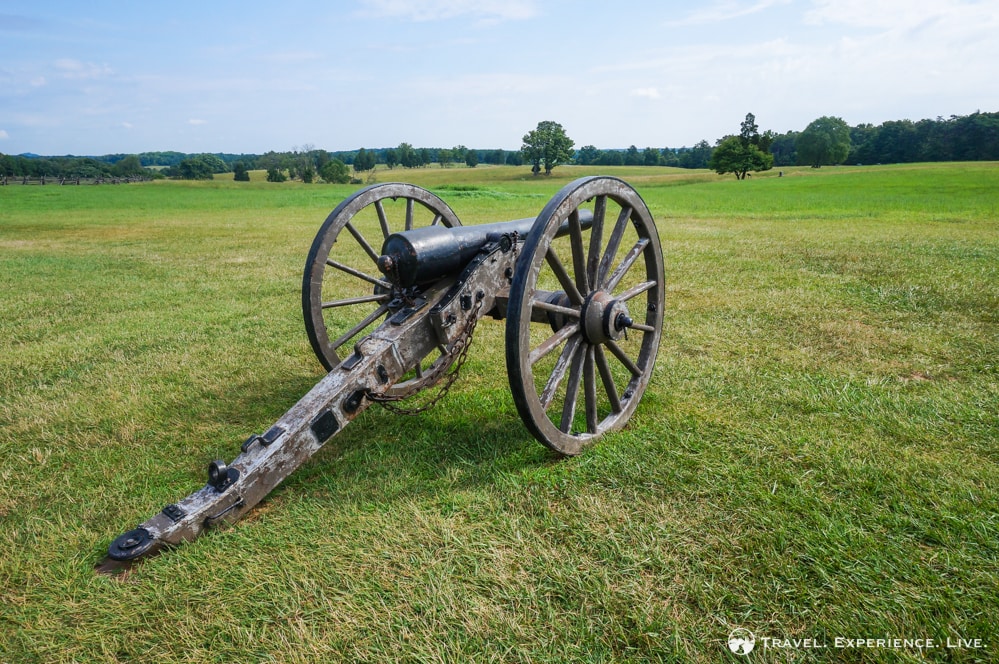
Union cannon
The unexpected victory by the Confederates and the horrific aftermath of the battle made two things very clear: (1) the war would probably last longer than everyone had anticipated, and (2) a new, bloodier type of warfare was emerging.
It showed Americans that battles were no longer a form of Sunday afternoon entertainment. Until then, including this very battle, people with picnic basket and bottles of wine would follow their respective army to a battlefield agreed upon by both sides, watch the spectacle unfold and return home for dinner. After the First Battle of Manassas, it was clear that warfare had entered a new era. An era that would be characterized by moving armies, terrible bloodshed and a lot less one-on-one combat.
This battle is superbly explained and displayed at the visitor center at Manassas National Battlefield Park.
The First Battle of Manassas began the war that would ultimately lead to the abolishment of slavery in the United States. Its historical significance is impossible to understate.
You can read much more about the First Battle of Manassas here.
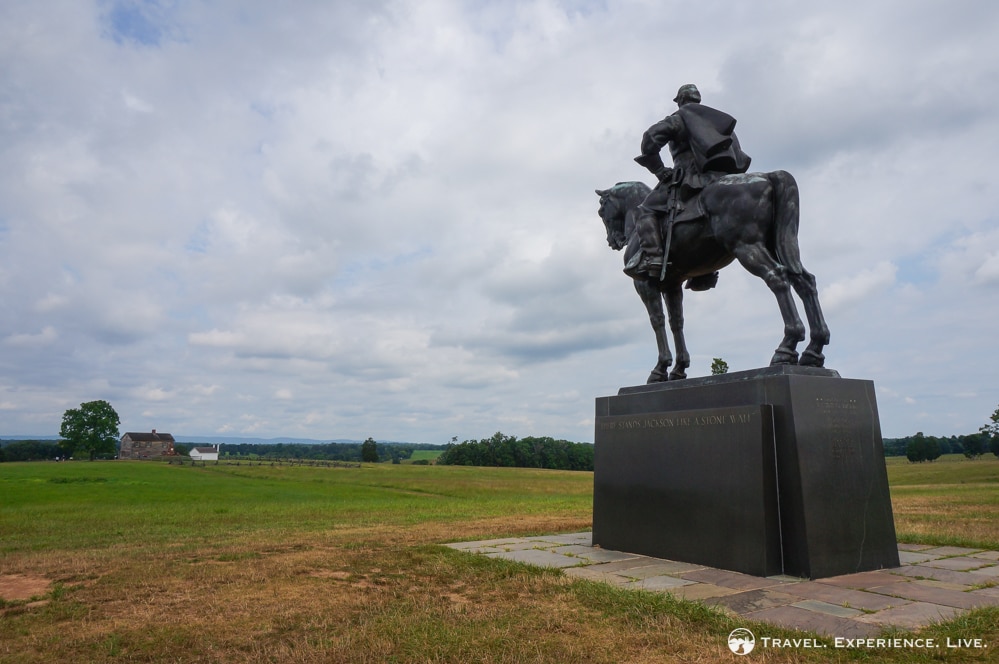
Stonewall Jackson statue
Second Battle of Manassas (Bull Run)
There is no first battle without a second one—otherwise, the name would be silly, right? The Second Battle of Manassas, or Second Battle of Bull Run, depending on which side you were on, took place a little more than one year after the first one, between August 28 and 30, 1862. This battle was also won by the Confederates and had similarly enormous consequences to the progress of the Civil War.
Orchestrated by General Robert E. Lee and Stonewall Jackson, the victory at the Second Battle of Manassas made Lee decide to invade the Union, which at that point was a foreign country.
You can read much more about the Second Battle of Manassas here.
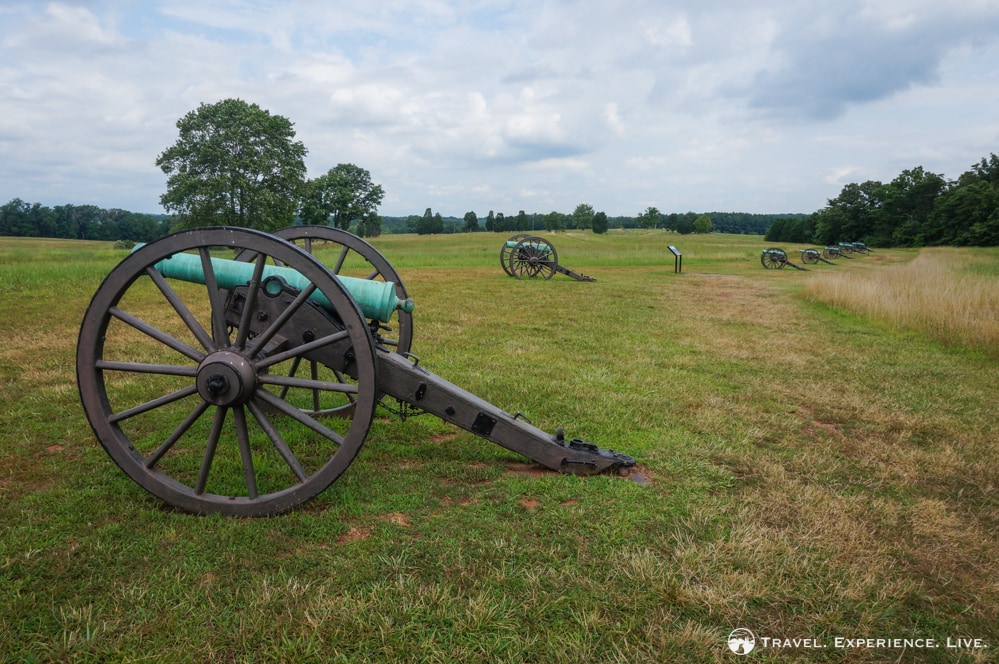
Confederate cannon line
Visiting Manassas National Battlefield Park
Manassas National Battlefield Park lies just off Interstate 66 and is completely free to visit. I would recommend that you start with visiting the Henry Hill visitor center and its great exhibit of interactive battle maps, weaponry, war memorabilia and information boards. There is also an informative 45-minute film, starting every hour and explaining both the First and the Second Battles of Manassas.
There are 40 miles of hiking trails on and around the Manassas battlefield. However, if you’re pressed for time, I recommend dedicating your visit to walking the Henry Hill Trail. This 1.4-mile (2.25-kilometer) trail starts at the visitor center. It loops around Henry Hill, the major battle site, and features information panels placed at regular intervals. When walking it in a clockwise direction, this informative and interpretive trail takes in the Union side of the hill, runs to the Henry House, follows the cannon line of the Confederates and leads past the Stonewall Jackson statue.
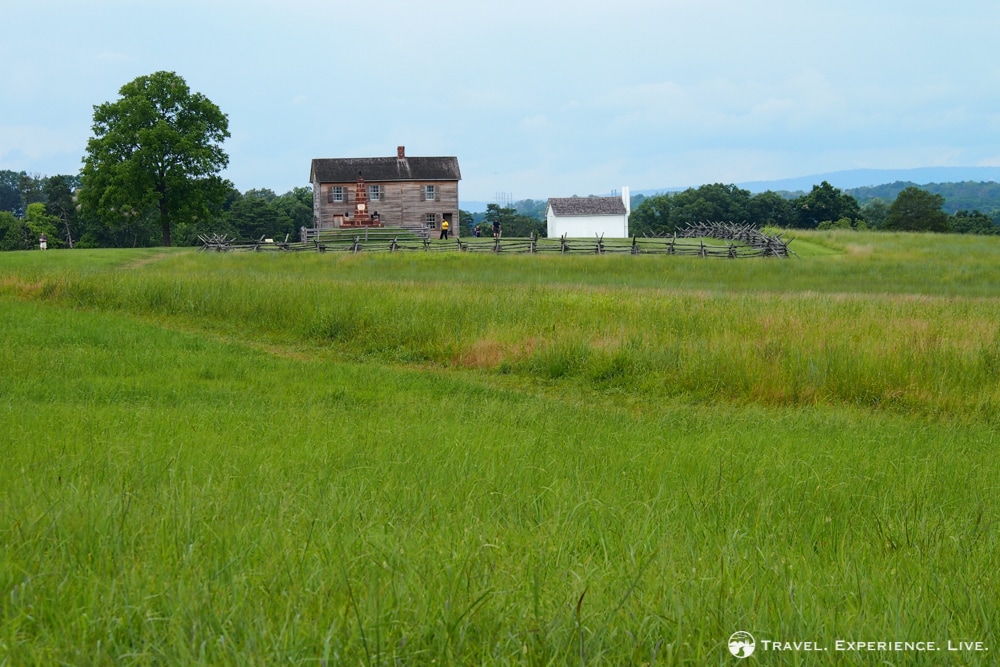
Henry Hill, Manassas National Battlefield Park
In case you’re wondering how much time to set aside to visit Manassas National Battlefield Park, I advise you to plan on spending between two and two and a half hours there. This includes the visitor center’s exhibit and film, as well as a walk on the Henry Hill Trail.
Manassas National Battlefield Park makes for a great morning of afternoon trip from Washington, D.C.
Travel tip: If you’re visiting Washington, D.C. and have time for some additional exploration, I definitely recommend visiting Great Falls Park.
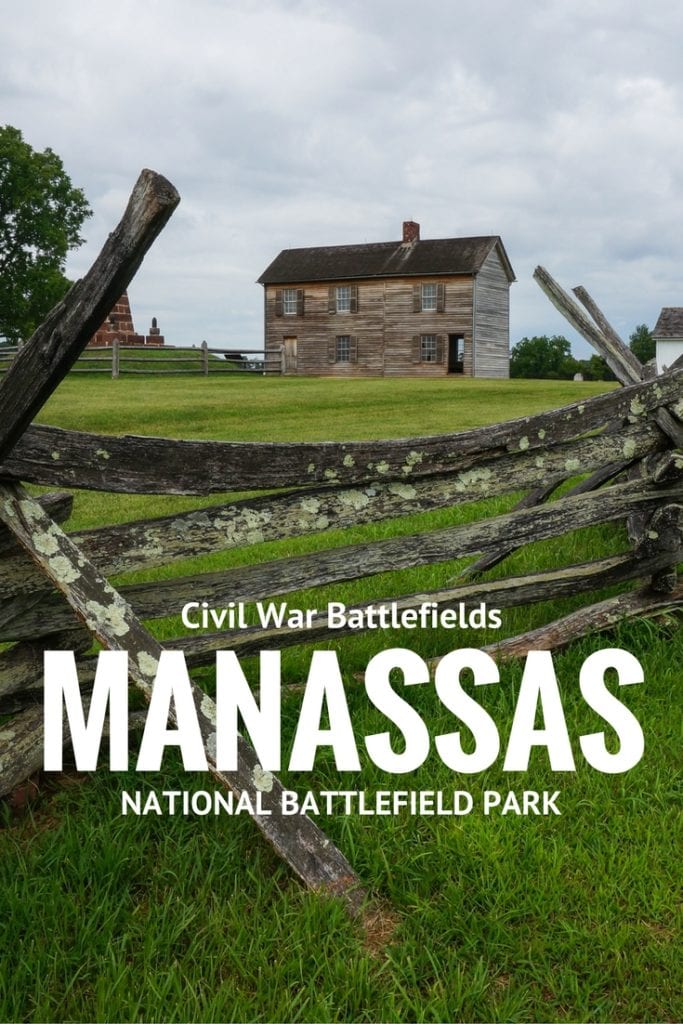
Pin it!

